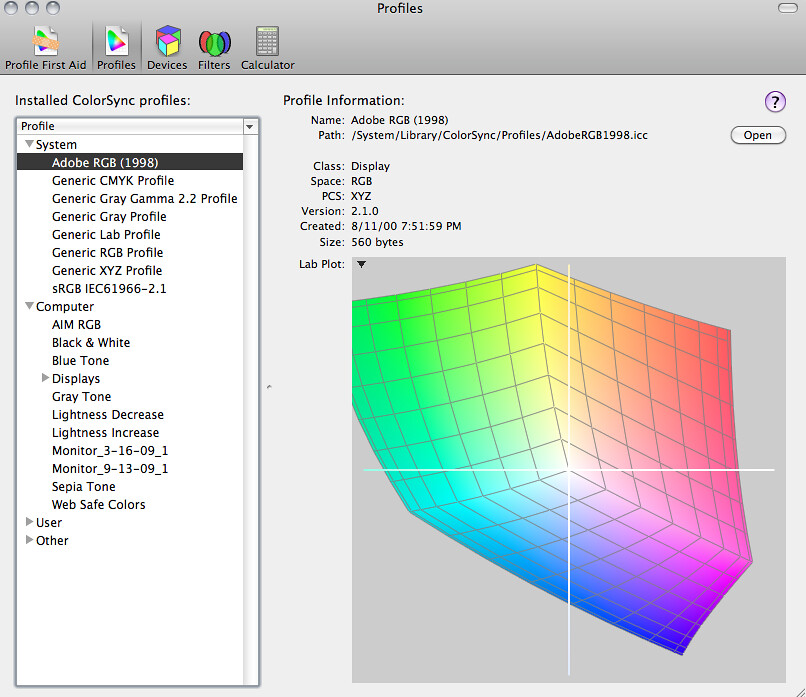3d Gamut Viewer Windows

3D gamut viewing Forum: General. I can't make it work from command line on Windows, even --help did not produce any output. The benefit of this approach is.
I was being mildly sarcastic. Sometimes I forget that such nuances are often lost on this group.
Quick report delphi 2010 tutorial. Delphi 2010 Tutorial How To Installing QuickReport. Sign in to report inappropriate content. Microsoft word tutorial.
The fact remains, I don't use command line. Sketchup crack file. I have no interest in using command line. I haven't used command line in over 30 years and don't want to start again. And why would I know there are GUI interfaces for Argyll when I've never used Argyll? Tell you what.
If you know Argyll so well, point me to a front end GUI that's simple and efficient to use that will do what I need to do and I'll check it out. Don't mess up ICC profiles with DNG profiles.
The colorchecker target definitely does not even near cover the gamut of your camera, so I doubt it will do a usable ICC profile. I myself tried this and used an exposure bracketed series of it, but the results were disappointing (after doing a bunch of math and stuff behind) I now am going to repeat this experiement with a transmissive 4x5' Velvia 50 target from Wolf Faust shot against a diffusor with a spectrally known illumination. Basically I am trying to profile film, knowing well how unreliable C41 is, but I'm still trying to develop a two-step procedure with a base profile and a correction derived from shooting the colorchecker target. I understand that DNG and ICC profiles are different, Chris. The point being that some people claim ICC profiles are better, some say it shouldn't make a difference. So really it may just provide the opportunity to compare. The gamut shouldn't be an issue, I don't think.
If the same target is used in both cases then it really should come down to the methodology of creating the profile and interpolating between the colours that aren't in the target. More colour patches should produce a more accurate profile or perhaps a more complete profile is another way to look at it with fewer errors in interpolation, the fewer patches should be able to be used to compare the two different profile types on the same basis. The biggest issue comes in that, I don't think, there's away to use both profiles inside the same software. ACR and LR don't make use of ICC profiles.
DxO does but I'm not sure it can use DNG profiles. In that case, there may be some differences due to the way both software applications deal with things such as demosaicing.